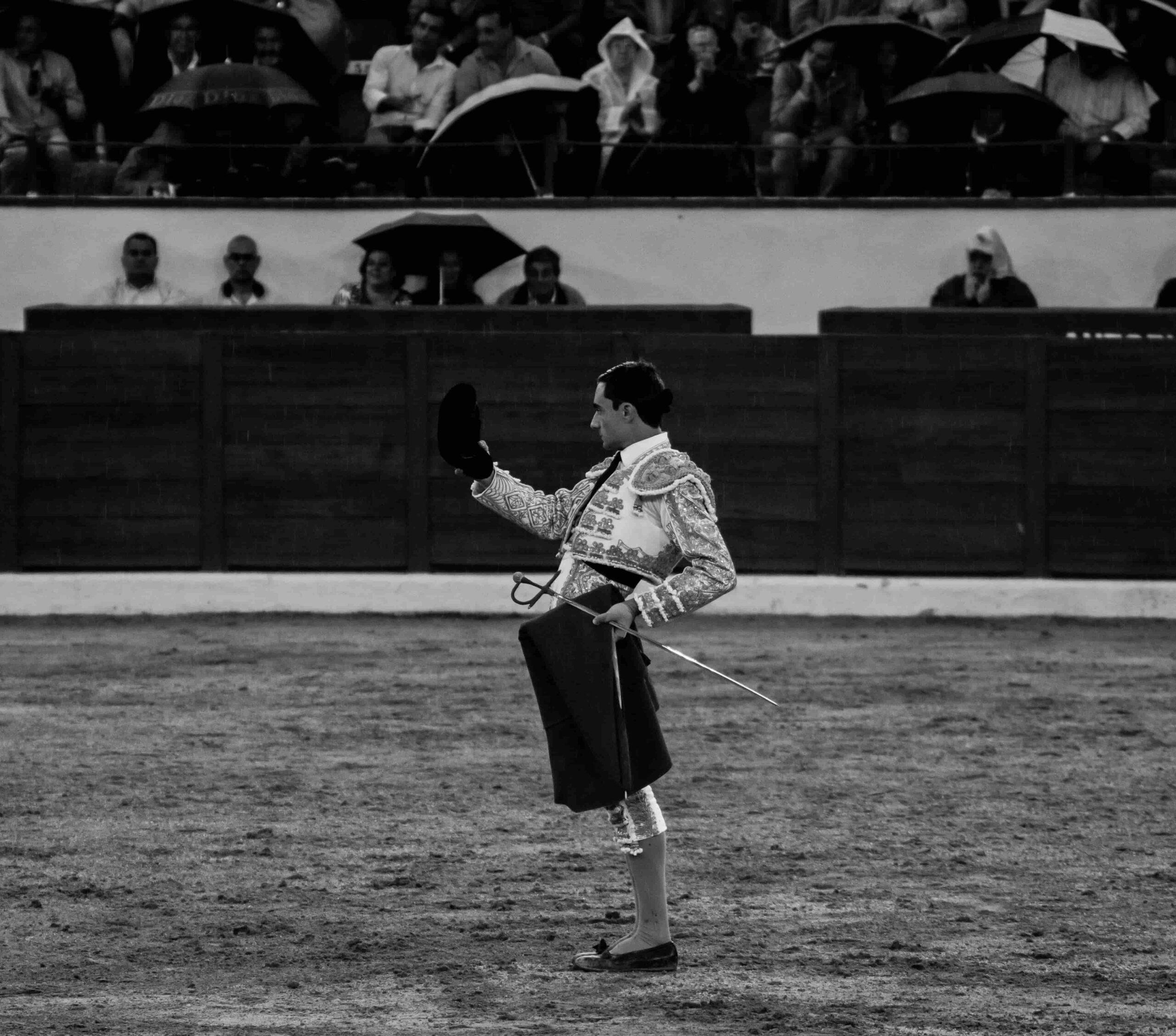Introduction:-Bullfighting, a centuries-old tradition deeply rooted in the cultural fabric of Spain, Mexico, and parts of Latin America, has long been a source of both fascination and controversy. Often considered a form of art, the spectacle of bullfighting has sparked heated debates around the ethics of the sport, its cultural significance, and the treatment of animals involved. In this article, we will delve into the history, cultural context, and the ongoing debate surrounding bullfighting.
A Glimpse into the History
Bullfighting, also known as corrida de toros, traces its roots back to ancient times. The Moors, who invaded Spain in the 8th century, are believed to have introduced a form of bullfighting that involved horseback riders. Over the centuries, the spectacle evolved, incorporating elements of drama, danger, and pageantry. The modern form of bullfighting, as we know it today, emerged in the 18th century in Spain.
The bullfight typically consists of three stages. In the first, the matador observes and studies the bull’s movements, assessing its strength and temperament. The second stage involves the picadores, mounted horsemen armed with lances, who weaken the bull by stabbing it in the neck. Finally, in the third stage, the matador enters the ring armed with a red cape and a sword to engage in a stylized dance with the bull, ultimately delivering a fatal blow.
Cultural Significance
Proponents argue that bullfighting is deeply ingrained in the cultural heritage of the regions where it is practiced. It is often viewed as an art form, a celebration of bravery, and a demonstration of skill and finesse. Bullfighters, or matadors, are revered for their athleticism, showmanship, and ability to face danger head-on. The bull itself is considered a symbol of strength and power, and the event is seen as a rite of passage for young matadors aspiring to greatness.
Beyond the spectacle, bullfighting is also intertwined with various cultural and religious traditions. In some regions, bullfighting is part of local festivals and celebrations, attracting tourists from around the world. The colorful costumes, lively music, and passionate crowd create an atmosphere that is undeniably captivating.
The Ethical Debate
However, the artistry and cultural significance of bullfighting are overshadowed by a persistent ethical debate. Animal rights activists and many others argue that bullfighting is a cruel and unnecessary practice, highlighting the suffering endured by the animals involved. Critics point to the physical and psychological stress inflicted upon the bulls throughout the event, from the initial lancing to the final fatal thrust of the sword.
Explore thrilling sports content! From live updates to expert analyses Bullfighting and Bungee jumping, our platform delivers the latest on your favorite games and athletes
The use of the picadores, who deliberately stab the bull to weaken it, has been a focal point of criticism. Animal welfare advocates argue that this practice is not only brutal but also serves to disorient and debilitate the bull, making it easier for the matador to perform the final act. Critics also condemn the use of the matador’s sword, which, if not executed perfectly, can prolong the suffering of the already wounded animal.
In recent years, public opinion on bullfighting has shifted, with increasing calls for its abolition. Several regions and countries have banned or restricted the practice, reflecting a growing awareness of animal rights issues and evolving societal values.
The Changing Landscape
In Spain, where bullfighting has traditionally been a cornerstone of cultural identity, there are signs of change. While the sport still has a dedicated following, there is a decline in attendance at bullfighting events. Changing attitudes towards the treatment of animals and a younger generation less connected to the tradition have contributed to this decline.
Some regions in Spain have implemented measures to address the ethical concerns associated with bullfighting. For example, Catalonia banned bullfighting in 2010, becoming the first mainland Spanish region to do so. Other regions, such as the Balearic Islands, have also taken steps to limit or prohibit bullfighting activities.
Internationally, Mexico remains a stronghold for bullfighting, with a passionate fan base and numerous events held throughout the country. However, even in Mexico, there are voices calling for a reevaluation of the sport’s ethical implications.
The Art of Bullfighting
Proponents of bullfighting argue that it is not just a sport but a highly stylized art form. The dance between the matador and the bull is often described as a choreographed performance that requires skill, precision, and a deep understanding of the animal’s behavior. The movements of the matador, the swirl of the cape, and the dramatic confrontation with the bull are all carefully orchestrated elements of this centuries-old tradition.
Matadors are trained from a young age in the intricate techniques and rituals of bullfighting. The mastery of these skills is seen as a mark of distinction and honor within the bullfighting community. The elegance and bravery displayed by skilled matadors are celebrated as a form of high art, drawing comparisons to ballet or opera.
Cultural Resistance
For many, the push to ban bullfighting is viewed as an attack on cultural heritage and traditions. Supporters argue that the practice should be preserved and protected as part of a nation’s identity. The resistance to banning bullfighting is not solely about the sport itself but also about defending a way of life and a set of values deeply rooted in history.
However, cultural preservation and ethical considerations are not mutually exclusive. Some argue that traditions can evolve, and new forms of cultural expression can emerge that are more aligned with contemporary values. The challenge lies in finding a balance that respects cultural heritage while addressing the ethical concerns raised by the treatment of animals in bullfighting.
The Role of Regulation
In response to the ethical concerns surrounding bullfighting, some regions have implemented regulations aimed at minimizing the harm inflicted on the animals. These regulations may include restrictions on the use of certain tools, such as the picador’s lance, or guidelines for the humane treatment of the bulls before, during, and after the event.
However, the effectiveness of such regulations is a subject of ongoing debate. Critics argue that, regardless of regulations, the very nature of bullfighting involves the intentional harm and death of animals for entertainment, making it inherently unethical. Proponents of regulation contend that implementing strict guidelines can mitigate some of the more egregious aspects of the sport while allowing for its continuation.
The Future of Bullfighting
As the debate over bullfighting continues, the future of the tradition remains uncertain. While it is deeply ingrained in the cultural history of certain regions, changing attitudes towards animal welfare and evolving societal values may push bullfighting further into the periphery.
It is essential for both sides of the debate to engage in a constructive dialogue that considers the cultural significance of bullfighting alongside the ethical concerns it raises. Finding common ground may involve exploring alternative forms of cultural expression that celebrate bravery, skill, and tradition without causing harm to animals.
Conclusion
Bullfighting, with its centuries-old history and complex cultural significance, stands at a crossroads. The tradition’s ethical implications have sparked a global conversation about the treatment of animals in the name of entertainment. While some argue for the preservation of cultural heritage, others call for a reevaluation of practices that cause harm to animals.
The future of bullfighting may hinge on the ability of societies to find a balance between cultural preservation and ethical considerations. As attitudes continue to evolve,









